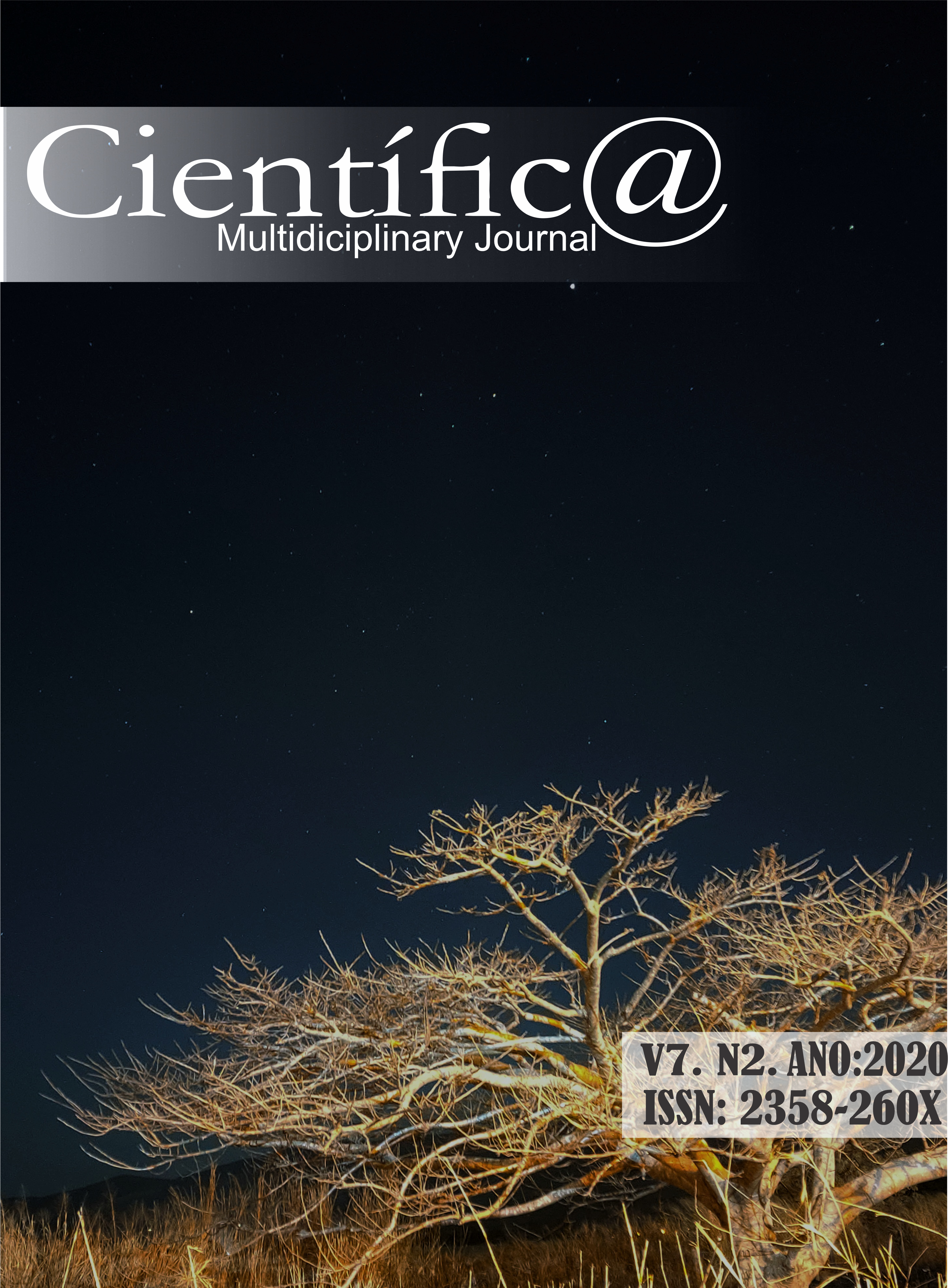Oxidative and carbon fractions of microbial biomass of soils in sugarcane cultivation systems
DOI:
https://doi.org/10.37951/2358-260X.2020v7i2.4975Resumo
Sugarcane (Saccharum spp.) is a crop of great importance in the Brazilian scenario, its management directly influences the attributes of the soil, independent of the cultivation system, be it conventional or organic. The system as well as cultivation can alter the fractions of carbon in the soil, which can be evaluated and monitored through the accumulation of carbon or its fractions contained in organic matter, since various physical, chemical and biological functions and processes occur in the soil are directly related to organic matter. The objective of this work was to verify the levels of total organic carbon (TOC), oxidizable fractions and microbial biomass carbon present in soils managed with different cropping systems in Goianésia. It was evaluated the conventional and organic systems, with and without vinasse application in three cutting ages (2nd, 4th and 6th cuts). The management of sugarcane cultivation in the organic system contributes to the increase of the total organic carbon content of the soil and the carbon of the microbial biomass. The use of vinasse is a practice that increases organic carbon in soils under sugarcane cultivation. The cut age does not present a linear relationship in the total carbon contents and the fractions analyzed.
Downloads
Publicado
Como Citar
Edição
Seção
Licença
Esta revista oferece acesso livre imediato ao seu conteúdo, seguindo o princípio de que disponibilizar gratuitamente o conhecimento científico ao público proporciona maior democratização mundial do conhecimento.
A partir da publicação realizada na revista os autores possuem copyright e direitos de publicação de seus artigos sem restrições.
A Revista Científic@ - Multidisciplinary Journal segue os preceitos legais da licença Creative Commons - Atribuição-NãoComercial 4.0 Internacional. 

